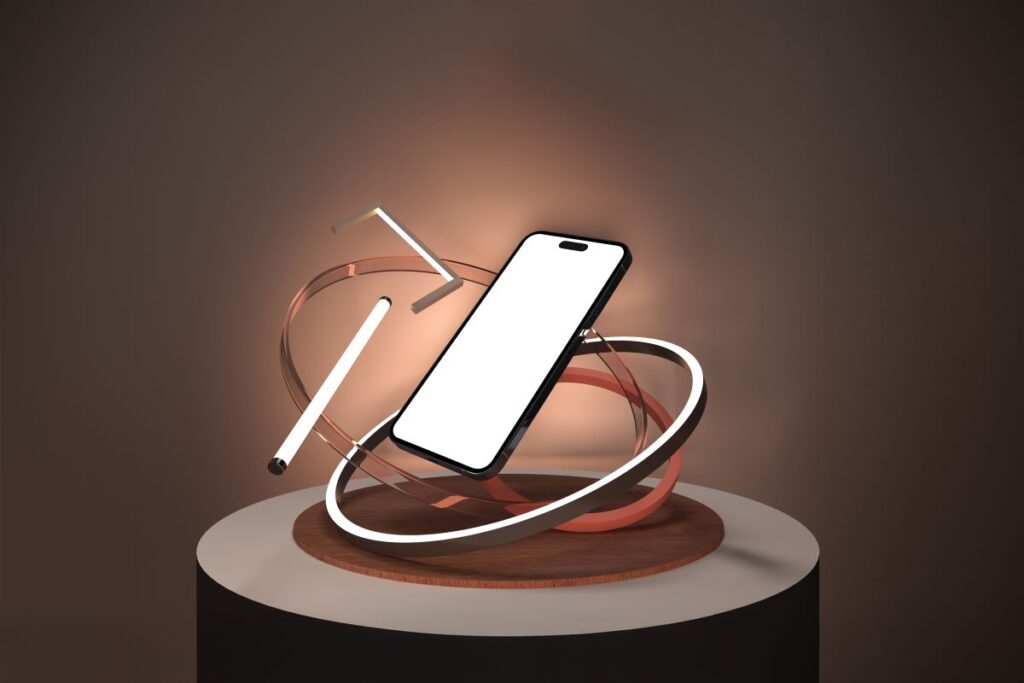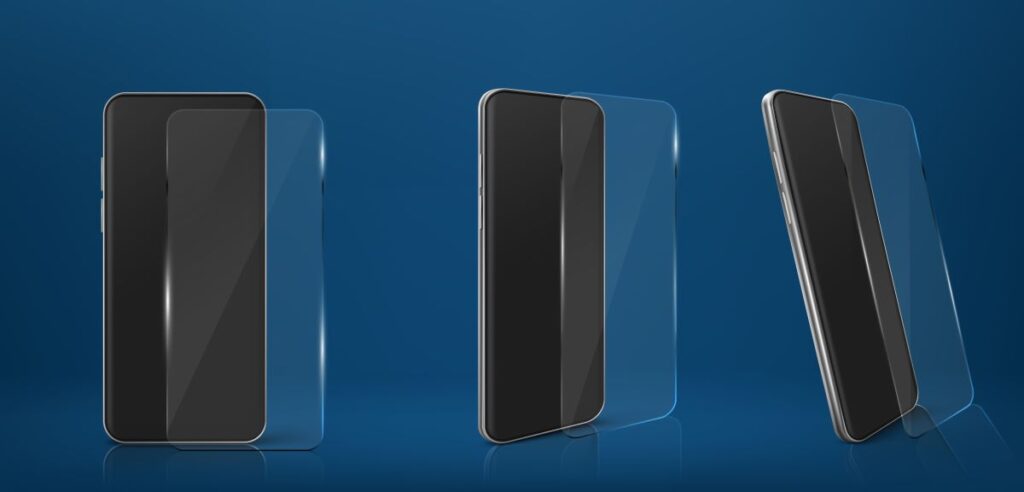1. Wireless Charging Requires Glass or Plastic

- Metal blocks wireless charging, so manufacturers shifted to glass backs to support Qi wireless charging, now common in flagship phones.
- Plastic can allow wireless charging too, and it’s lighter/cheaper than glass or metal.
2. Antenna & 5G Reception

- Metal interferes with antenna signals, especially with 5G and advanced LTE bands.
- Glass and plastic are radio-friendly materials, making it easier to design for high-speed networks.
3. Premium Feel & Design Trends

- Glass looks more premium and can be shiny, curved, or colored, helping phones stand out visually.
- Metal unibody phones looked similar, while glass gives more design flexibility (gradient finishes, matte textures, etc.).
4. Manufacturing & Repair

- Glass panels are easier to replace than metal backs (which can bend or dent).
- Some brands save money by using plastic with a glass-like finish and market it as “glastic” or “polycarbonate”.
Why Are Prices Higher Now?
- Advanced Features:
- High refresh rate displays (90Hz–144Hz)
- High-end cameras (OIS, periscope zoom)
- Better chips (AI, gaming)
- 5G modems
- Fast charging (up to 120W)
- In-display fingerprint scanners
- High refresh rate displays (90Hz–144Hz)
- R&D and Marketing Costs:
- Big brands spend a lot on software development, design, and global marketing.
- Custom silicon (like Apple’s A-series, Tensor from Google) adds to cost.
- Big brands spend a lot on software development, design, and global marketing.
- Inflation and Supply Chain Costs:
- Post-2020, component prices, shipping, and manufacturing costs rose globally.
- Even mid-range phones are affected.
- Post-2020, component prices, shipping, and manufacturing costs rose globally.
- Segmenting Markets Intentionally:
- Brands want to separate premium and budget phones.
- Metal bodies now feel “mid-range,” so high-end devices avoid them to create a luxury image with glass or titanium.
- Brands want to separate premium and budget phones.
TL;DR Summary:
| Material | Pros | Cons |
| Metal | Strong, premium feel, cool to touch | No wireless charging, bad for antenna, heavier |
| Glass | Premium look, wireless charging, design flexibility | Fragile, slippery, expensive to replace |
| Plastic | Light, cheap, flexible designs | Feels cheaper, scratches more easily |
If you love metal-body phones, you’re not alone! Many people prefer them for durability and feel. Some rugged or niche phones (like older Xiaomi Mi Max or some industrial-use phones) still use metal for that reason.
Want a list of modern metal-body phones that are still worth buying in 2025?



GIPHY App Key not set. Please check settings